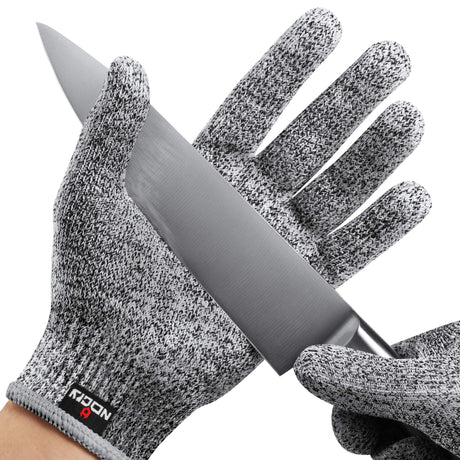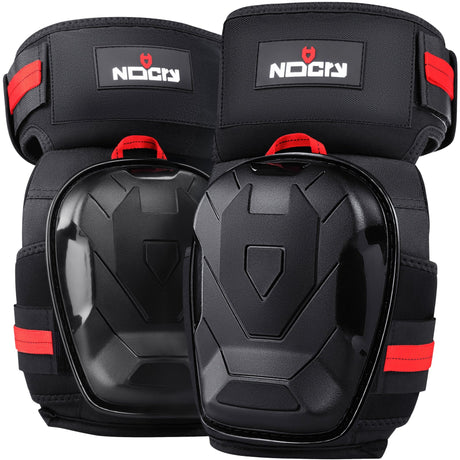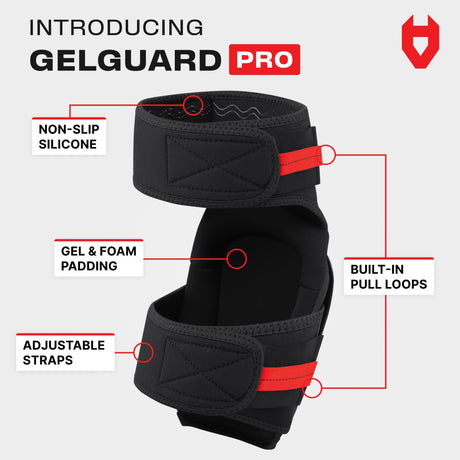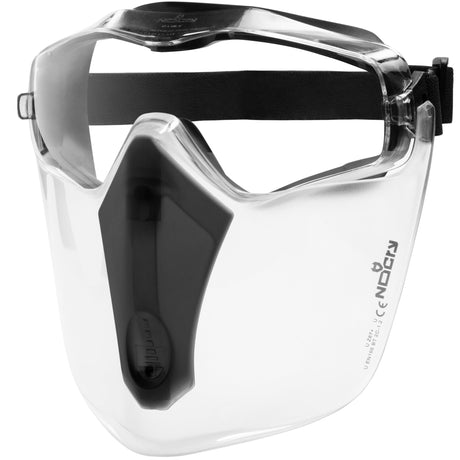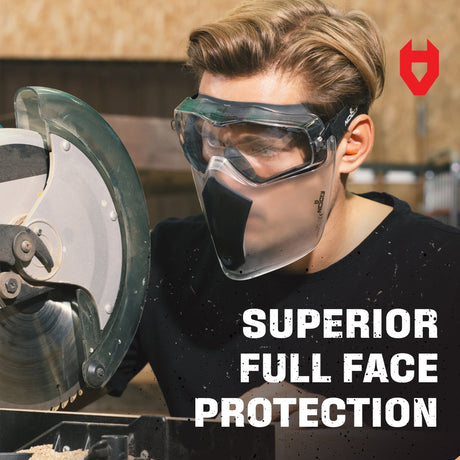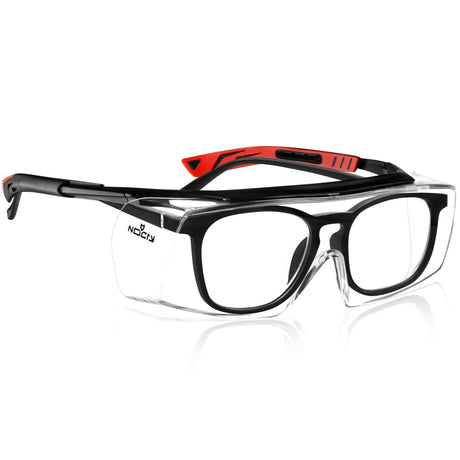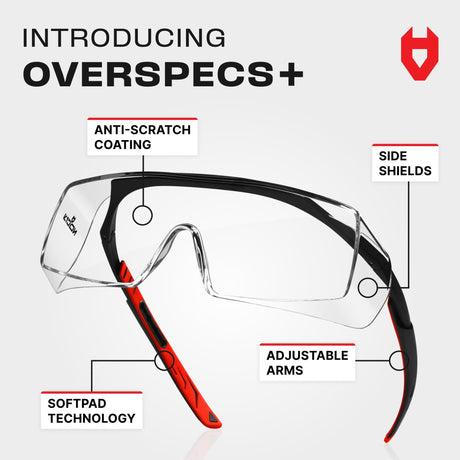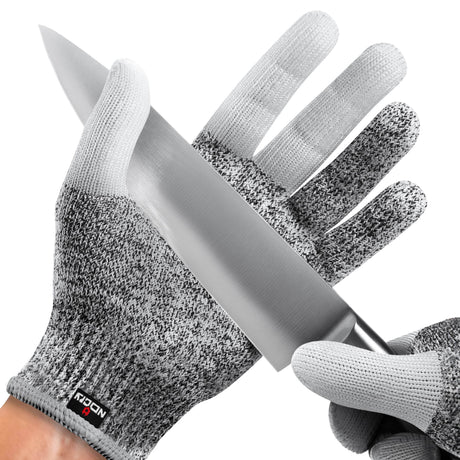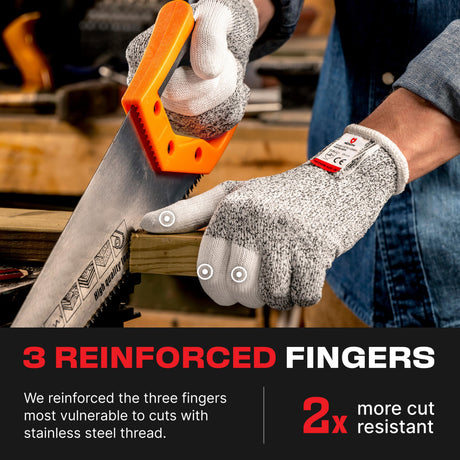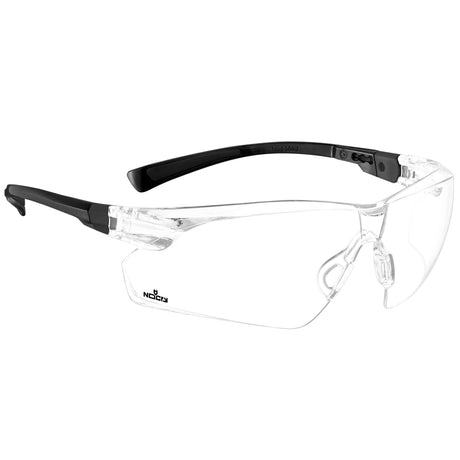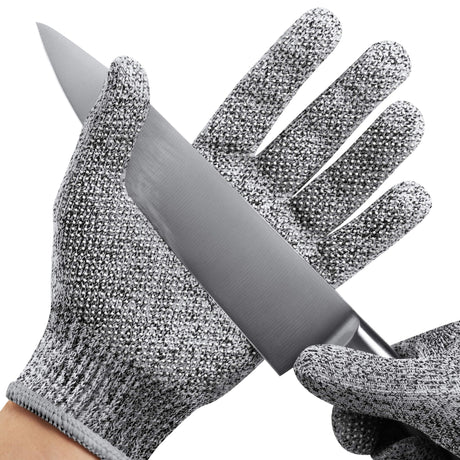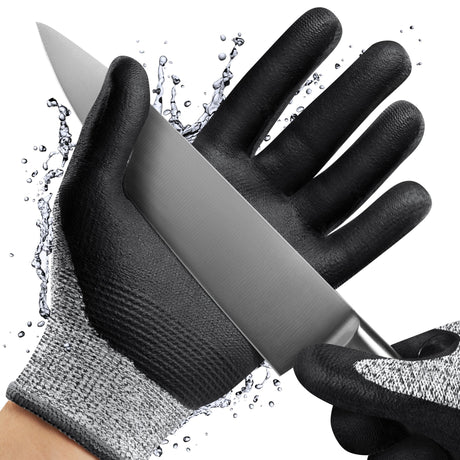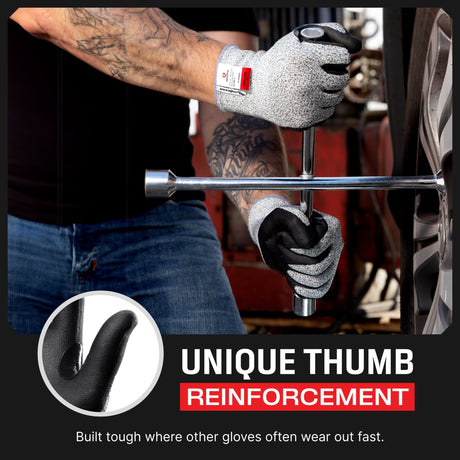Key Takeaways
- Face shield fogging happens when warm breath hits a cool surface, creating condensation.
- Cleaning your visor properly is the first step to preventing fog.
- Anti-fog sprays and coatings can offer longer-lasting clarity.
- Ventilation and correct fit also play a big role in reducing fogging.
- For maximized safety, opt for an anti-fog face shield.
When you’re working hard and breathing normally, it can be tough to stop a plastic face shield from fogging throughout your day. While it may seem like a small price to pay for safety and security, compromised vision can lead to various injuries and mistakes in the workplace. Short of buying a specially-made anti-fog face shield, there are a few things we can do to prevent fogginess in our faces, making our working day just a little bit smoother.
Why does my face shield keep fogging up?
Face shield fogging up is a common problem caused by condensation. When warm, moist air from your breath hits the cooler surface of your visor, it turns into tiny water droplets that cloud your vision. This can be frustrating and dangerous, especially in jobs that require clear visibility, such as healthcare, food service, or construction.
How do I keep my face shield from fogging?
Face shield fogging happens when warm, moist air gets trapped inside the shield. To prevent this, you need to clean the visor properly, use anti-fog treatments, improve airflow, or switch to an anti-fog design.
1. Keep your visor clean
Cleaning your face shield is a good habit to develop. It's advisable to clean your visor every few days, as this can help reduce fogging. Often, what we perceive as fog is actually just a buildup of dust on either side of the shield.
Additionally, our breath can worsen the visibility issues caused by dirt and dust. To combat fogging, make sure to disinfect, wash, and thoroughly wipe down your face shield every few days.

2. Use anti-fog agents
When it comes time to clean your face shield, standard cleaning products and techniques may not be sufficient. While you can purchase specific no-fog face shields from certain vendors, another option is to use a specialized anti-fog cleaning agent for the shield you already own.
Look for sprays made specifically for plastic visors or PPE face shields, since some products can damage coatings or make the surface cloudy. Apply to both sides of the visor for best results, and follow instructions carefully: some need buffing while others just need drying.
Using a spray regularly can cut down on face shield fogging up during long shifts or heavy-duty work.
3. Use an anti-fog face shield or inner insert
If you experience constant fogging, consider upgrading to a shield designed to resist it. Many manufacturers offer anti-fog-coated visors or inner inserts that provide long-term fog protection without the need for sprays or wipes.
These are especially helpful in medical or industrial environments where clear vision is non-negotiable. While more expensive, they save time and frustration in the long run and offer the best protection against face shield fogging up.
4. Improve air circulation
Face shield fogging often gets worse when moist air cannot escape. If the shield is sealed too tightly around your face, heat and moisture build-up, causing the visor to fog quickly, especially during physical work or in warm conditions.
To reduce face shield fogging, try adjusting the fit. Loosen the headband slightly so air can flow in and out. Some shields have vented foam padding or airflow channels near the top — these can make a big difference in keeping the inside clear.
If your shield doesn't have vents, pairing it with a vented face mask can help redirect your breath downward, away from the visor. Even cracking the shield open slightly at the bottom (if safe) can create enough airflow to reduce fogging.
How does the anti-fog tech work?
Anti-fog face shields use special coatings that stop moisture from turning into fog. Instead of forming droplets, your breath spreads out into a thin, clear layer. The airflow designs, such as foam spacing or built-in vents, help push warm air out before it fogs your view.
How to check if my face shield is anti-fog?
To check if your face shield is anti-fog, follow these simple steps:
Look for Anti-Fog Coating: Check the product description or labels for any mention of an anti-fog coating. Most manufacturers clearly state if the shield has this feature, as it’s a key selling point.
Check for Ventilation Features: Anti-fog shields often have ventilation gaps or air channels built into the design. These help keep airflow moving, reducing moisture buildup that causes fogging.
Test It Yourself: If you already have the shield, you can test it by wearing it in a warm, humid environment (like stepping outside on a cold morning or using it while wearing a mask). Breathe on the inside of the shield and see if it fogs up. A good anti-fog shield should resist fogging and stay clear.
Check the Material: Some face shields are made from anti-fog, scratch-resistant plastic or polycarbonate, which naturally helps prevent fogging. Look for material specifications that mention these qualities.
If your shield has these features, it likely has anti-fog protection. If not, you can consider adding an anti-fog spray or using one of our recommended shields with built-in fog-resistant tech.
Are NoCry face shields anti-fog?
Almost all NoCry face shields come with anti-fog technology, but the LiteArmor Lightweight Flip-Up is the exception. It's designed to be a more budget-friendly option, focusing on simplicity and cost-effectiveness. While it has a clear polycarbonate visor and an adjustable headband, it doesn’t include the anti-fog coating or ventilation features found in NoCry's higher-end shields.
If you're looking for anti-fog protection, NoCry has two great alternatives:
- The FaceArmor Pro Heavy Duty Flip-Up is perfect for heavy-duty work like grinding, welding, and spraying. It features a curved visor with an anti-fog and anti-scratch coating, ensuring a clear view even in humid or challenging environments. The shield includes foam padding that creates an air gap between your face and the visor, allowing airflow that prevents fogging. It also has an adjustable knob for a custom fit and a soft sweatband for added comfort.
- The UltraShield Pro Anti-Fog Goggles + Facemask offers a 2-in-1 design, allowing you to wear the goggles by themselves or attach the face shield for full protection. It features an anti-fog coating on both the goggles and the shield, along with a ventilation system that promotes airflow and prevents fog buildup. The soft seal and adjustable strap provide a comfortable fit, and it fits over prescription glasses. This shield is perfect for environments with a lot of dust or chemicals.
So, which one to choose?
If you're doing heavy-duty tasks like welding or grinding, the FaceArmor Pro is your best bet for durability and effective fog resistance. On the other hand, if you need flexibility or wear glasses, the UltraShield Pro is a great option, offering versatile protection and anti-fog features.
Both shields are designed to keep you focused on your work without the frustration of foggy lenses.
Conclusion
If your face shield keeps fogging, the best fix is often a mix of strategies. Clean your shield regularly, apply anti-fog treatment, ensure good airflow, and consider upgrading to a fog-resistant visor. These steps can drastically improve visibility and comfort, especially in warm, humid, or high-energy environments.
FAQ
How to prevent face shield from fogging?
Fogging happens when warm, moist air gets trapped inside the shield. The best way to stop it is to keep the visor clean, use an anti-fog spray or wipe, make sure there’s good airflow, or switch to a shield with built-in anti-fog features.
Is anti-fog spray permanent?
No, it’s not permanent. Most sprays wear off after a few uses or cleanings, so you’ll need to reapply them every so often to keep them working.
Does anti-fog coating actually work?
Yes, shields or lenses that come with built-in anti-fog coating do work well, especially when new. To keep the coating effective, avoid wiping it with rough cloths, don’t use harsh cleaners, and follow the care instructions — gentle rinsing and air drying usually works best.







